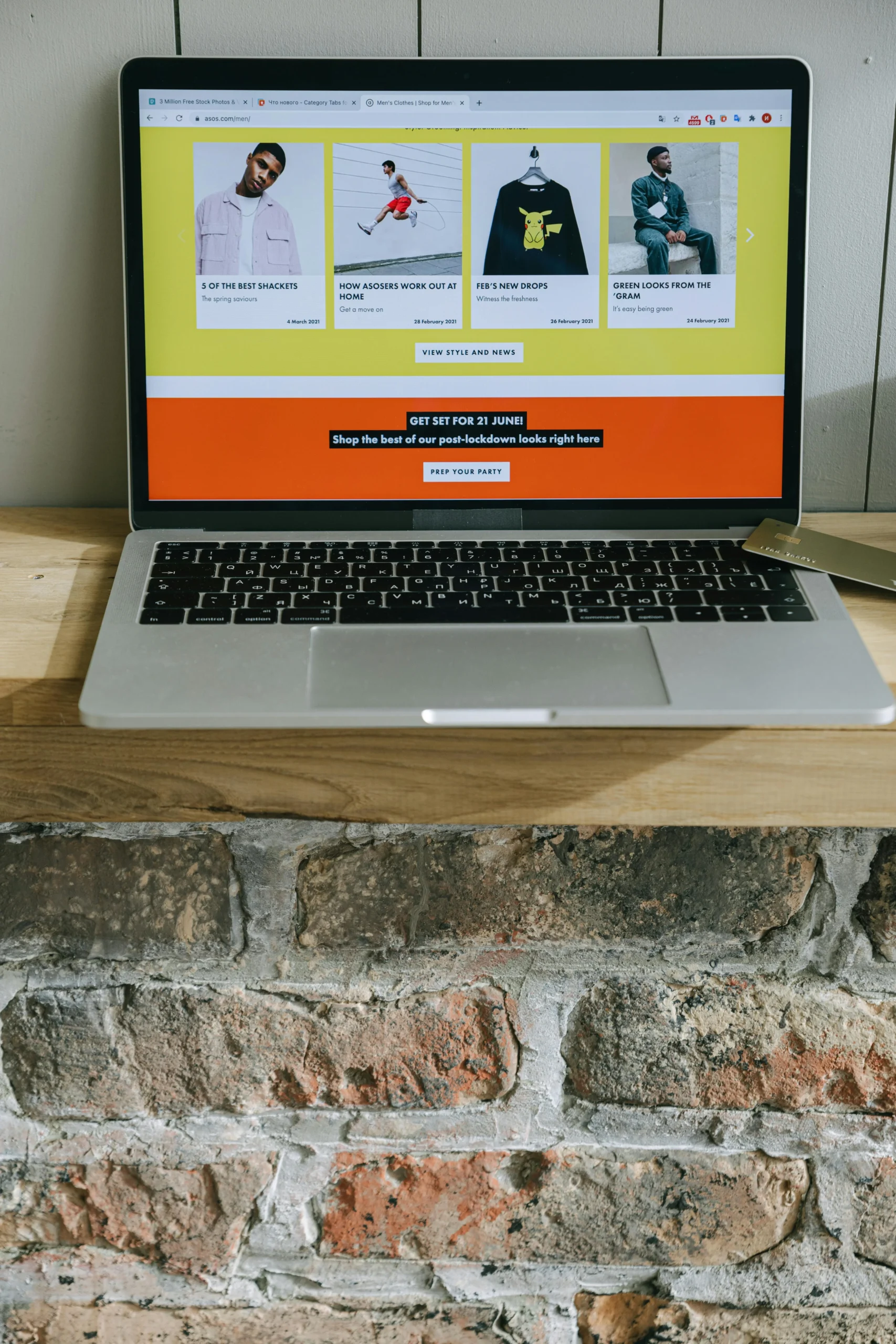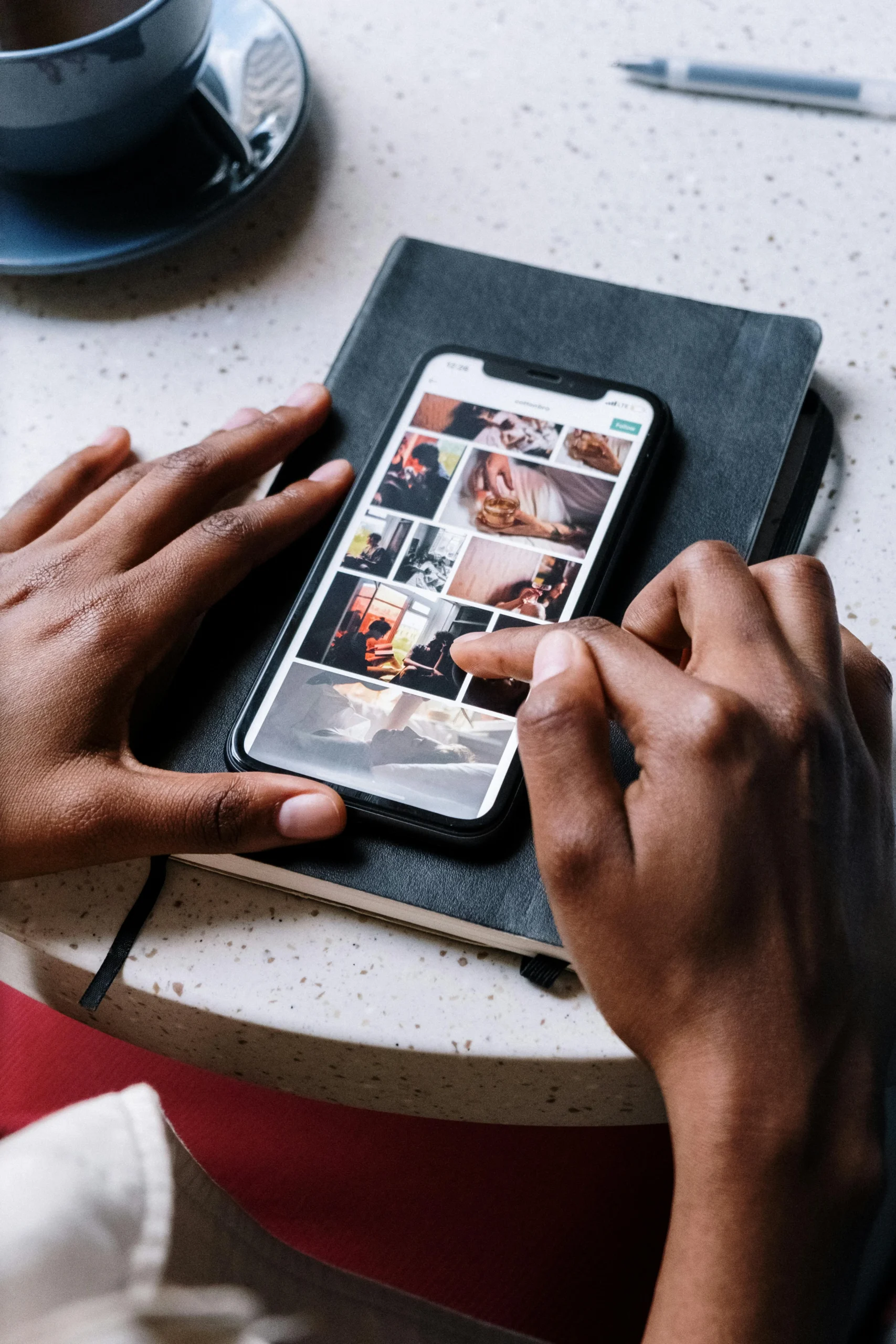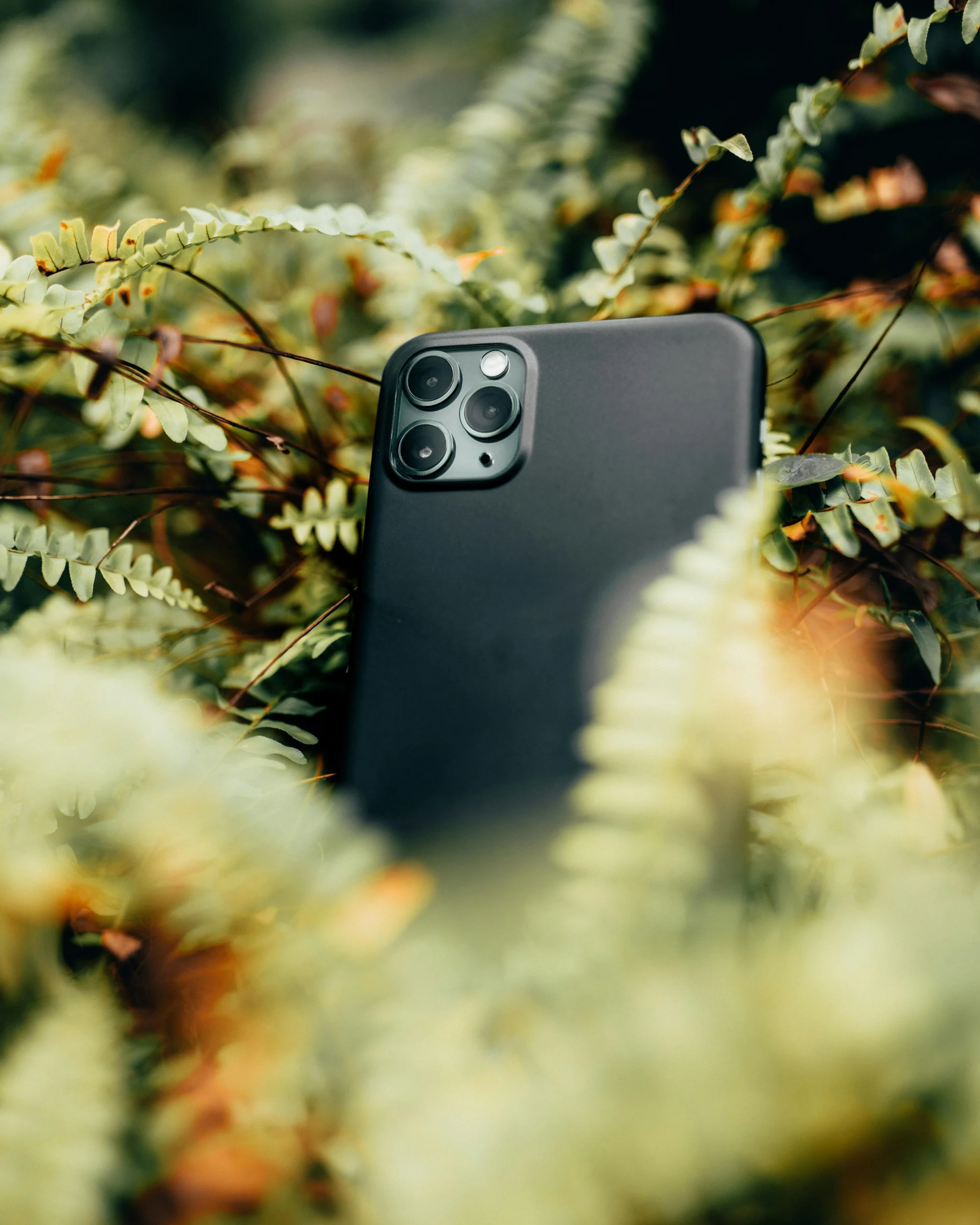Most ecommerce businesses fail not because the product was bad, but because the founder never spoke to the right people.
They skipped the most important early step: Customer Discovery.
At Gro, we’ve worked with over 100 startup teams, and time after time, the biggest growth unlocks happen once founders start properly talking to their ideal customers. It’s the difference between guessing and knowing, between gambling and scaling.
This post breaks down what customer discovery actually is, why it matters and how to do it the right way. It includes real techniques from the Gro system and insights from Joel Atkinson’s training sessions.
What Is Customer Discovery?
Customer Discovery is the process of finding and speaking to the people who are most likely to buy your product. It’s about asking smart, open-ended questions to learn about their behaviours, frustrations and goals.
It is not:
- Asking your mates if they think your idea is good
- Running a quick Instagram poll
- Building a product first and hoping people want it
As Joel puts it in the Gro programme, “Customer Discovery means actually talking to real humans.” Face to face. Zoom to Zoom. Conversation over assumption.
Why This Step Is So Often Skipped
Customer Discovery feels uncomfortable. It forces you to leave the safety of building logos, websites or perfect packaging. Instead, it puts you in front of real people who might tell you things you don’t want to hear.
That’s why many founders avoid it. But here’s the truth: every hour spent on Customer Discovery saves ten wasted hours building the wrong thing.
According to a report by CB Insights, 42 percent of startups fail because there is “no market need.” That’s not a product problem. It’s a customer understanding problem.
The Real Goal: Product Market Fit
Customer Discovery is not just about research. It’s about working towards Product Market Fit — when a specific group of people love your product, use it regularly and would be upset if it disappeared.
Once you achieve that, everything becomes easier. Ads perform better. Word of mouth spreads. Repeat purchases happen without needing a discount.
But without Customer Discovery, you’re relying on hope.
The Wrong Way to Do It
Most early founders ask questions like:
- “Would you use this?”
- “Do you like the idea?”
- “Is this something you’d buy?”
These questions feel good, but they lead to lies. Not malicious lies, just polite ones. People tell you what you want to hear.
Instead, you need to ask about past behaviour, not future opinions.
This approach is taken from a book we recommend to every Gro client: The Mom Test by Rob Fitzpatrick. If there’s one book to read before you talk to customers, it’s that one.
How to Do Customer Discovery the Right Way
Here is the five-step method used inside the Gro system.
Step 1: Pick Your Early Adopters
You’re not trying to talk to everyone. You want to speak to early adopters — people who:
- Already feel the pain your product solves
- Have tried to fix it before
- Are actively looking for a better solution
These are the people who will care enough to answer honestly and in detail.
Step 2: Write a Script of Real Questions
Your job is to dig deep into their world. Ask about specific actions they’ve taken.
For example:
- “Tell me about the last time you tried to solve this problem.”
- “What did you do?”
- “How did that work out?”
- “Why do you think it didn’t work?”
- “What happened next?”
Use follow-up questions. Be curious. Be annoying like a five-year-old asking “why?” until you get to the root cause.
Step 3: Don’t Mention Your Idea
This is where most founders go wrong. They pitch instead of listen.
In the early stages, your idea isn’t the focus. Your customer is. Let them do the talking. Your product should be shaped by their reality, not your fantasy.
Step 4: Do It Live, Not in Surveys
Surveys feel easier, but they don’t give you the depth you need. A five-minute live chat reveals more than 100 form responses.
Joel shares in the Gro programme that he also resisted speaking to strangers at first. It felt awkward and time-consuming. He started by connecting with people digitally — for example, through LinkedIn — and having manual conversations one by one.
If you feel uncomfortable, start where your audience already spends time.
Step 5: Keep Track of Everything
Use a simple spreadsheet to track who you spoke to, what they said, and what patterns are emerging. If ten people say they have the same pain point, you’re on to something.
Where to Find These People
This depends entirely on your target customer. But here are common places that founders in the Gro system have used:
- Facebook Groups related to the problem
- Subreddits focused on the niche
- Instagram comments or DMs
- LinkedIn connections
- Niche forums or Slack communities
- Local meetups or events
You’re not selling to them. You’re just asking if they’ll chat. Most people are happy to talk about their problems, especially if they feel heard.
What to Look For in Their Answers
You’re not looking for compliments. You’re looking for truth. The best signals during a Customer Discovery call are:
- Real frustrations
- Specific examples of past attempts to fix it
- Emotional responses like annoyance or embarrassment
- Details about the tools, products or people they’ve tried
These signals tell you they feel the problem deeply enough to pay for a solution.
A Real Example from the Gro Process
One founder inside Gro was building a product in the fitness space. They thought their audience wanted general motivation tools.
Through Customer Discovery, they found out:
- Their audience was already motivated
- What they lacked was reliable guidance backed by data
- They were tired of influencers selling hype without evidence
This single insight changed the product positioning, landing page copy and the type of content created. Within weeks, conversion rates improved and the audience became more loyal.
None of that came from guessing. It came from asking.
When to Stop
You don’t need hundreds of interviews. Most Gro clients start seeing clear patterns after 8 to 12 real conversations.
When you start hearing the same things over and over again, you’ve hit what we call message saturation. That’s your signal to start building or testing your offer.
What You Should Do Next
If you’re building or running an ecommerce business and you haven’t spoken to your customers properly yet, now’s the time.
Here’s what to do this week:
- Choose a target audience you want to serve long-term
- Find 10 people in that segment who already experience the problem
- Message them and ask for a 15-minute chat
- Use real questions to explore their world
- Log what you learn and look for patterns
This is the fastest, cheapest and most reliable way to find out if you’re building something that people will actually buy.
And the sooner you do it, the sooner you’ll stop wasting time building things nobody wants.












